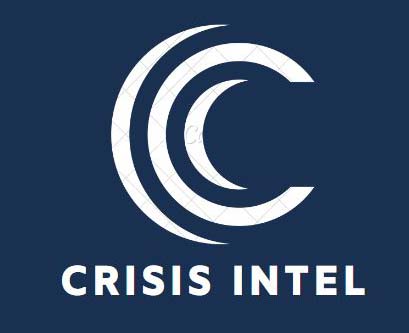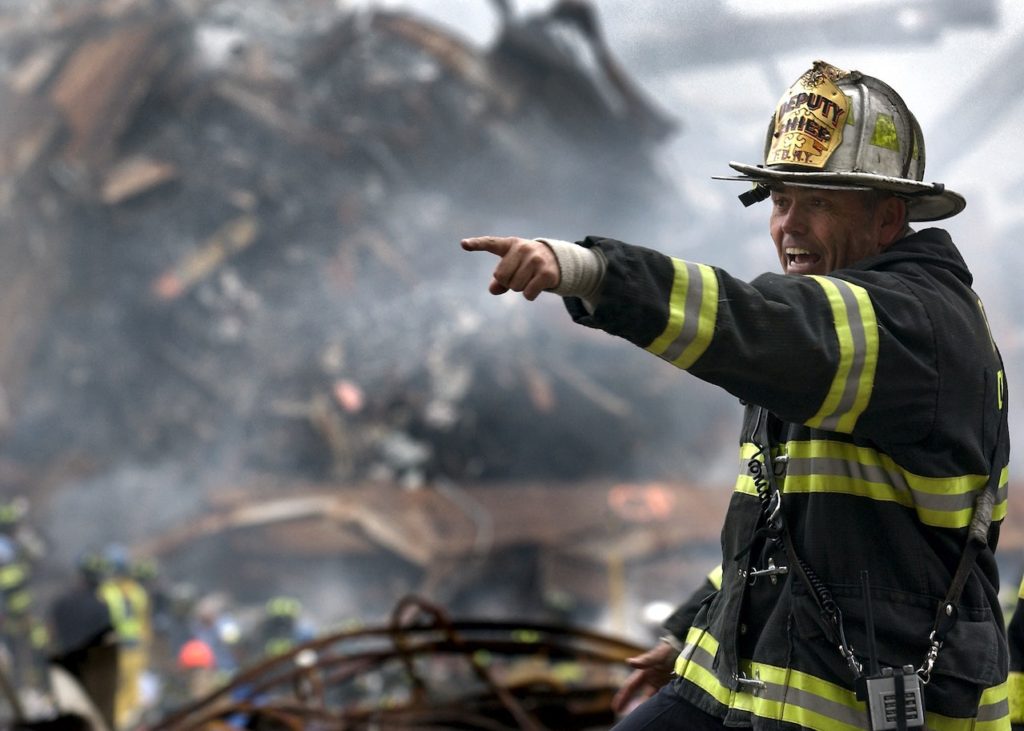Emergency and Disaster Management is a field dedicated to planning, coordinating, and implementing strategies to mitigate, respond to, and recover from emergencies and disasters. It involves a multidisciplinary approach that brings together professionals from various sectors, including government agencies, non-governmental organizations (NGOs), healthcare providers, law enforcement, and community organizations.
Key components of Emergency and Disaster Management include:
- Preparedness: This phase involves planning and organizing resources, personnel, and infrastructure before a disaster strikes. It includes creating emergency plans, conducting risk assessments, training first responders, and establishing communication systems to ensure a coordinated response.
- Mitigation: Mitigation aims to reduce the impact of disasters and emergencies by implementing measures to lessen their effects. This can include building codes, infrastructure improvements, public awareness campaigns, and environmental protection initiatives.
- Response: When a disaster occurs, the response phase involves deploying resources and personnel to address immediate needs. This includes activities like search and rescue, medical assistance, evacuations, and providing essential supplies and services.
- Recovery: The recovery phase focuses on restoring the affected community to normalcy or a new normal after the immediate crisis has passed. This involves long-term efforts to rebuild infrastructure, support affected individuals and businesses, and enhance community resilience.
- Coordination and Communication: Effective communication and coordination between various stakeholders are crucial during all phases of emergency and disaster management. This includes local, regional, and national authorities, as well as international organizations in case of large-scale disasters.
- Training and Exercises: Regular training and exercises help emergency responders and community members develop the necessary skills to respond efficiently during emergencies. Drills and simulations enable participants to practice coordination, communication, and decision-making in a controlled environment.
- Public Awareness and Education: Educating the public about potential hazards, emergency procedures, and preparedness measures can significantly improve overall community resilience and response effectiveness.
- Technological Advancements: The use of technology, such as Geographic Information Systems (GIS), remote sensing, social media, and early warning systems, can enhance the monitoring, response, and management of emergencies and disasters.
- International Cooperation: As some disasters can transcend borders, international cooperation is essential. Countries may assist each other through mutual aid agreements and international organizations such as the United Nations and the World Health Organization.
Emergency and Disaster Management professionals play a critical role in safeguarding lives, minimizing damage, and promoting community recovery. The field continually evolves as new challenges arise, making it imperative to stay updated with the latest research, best practices, and technological advancements.

